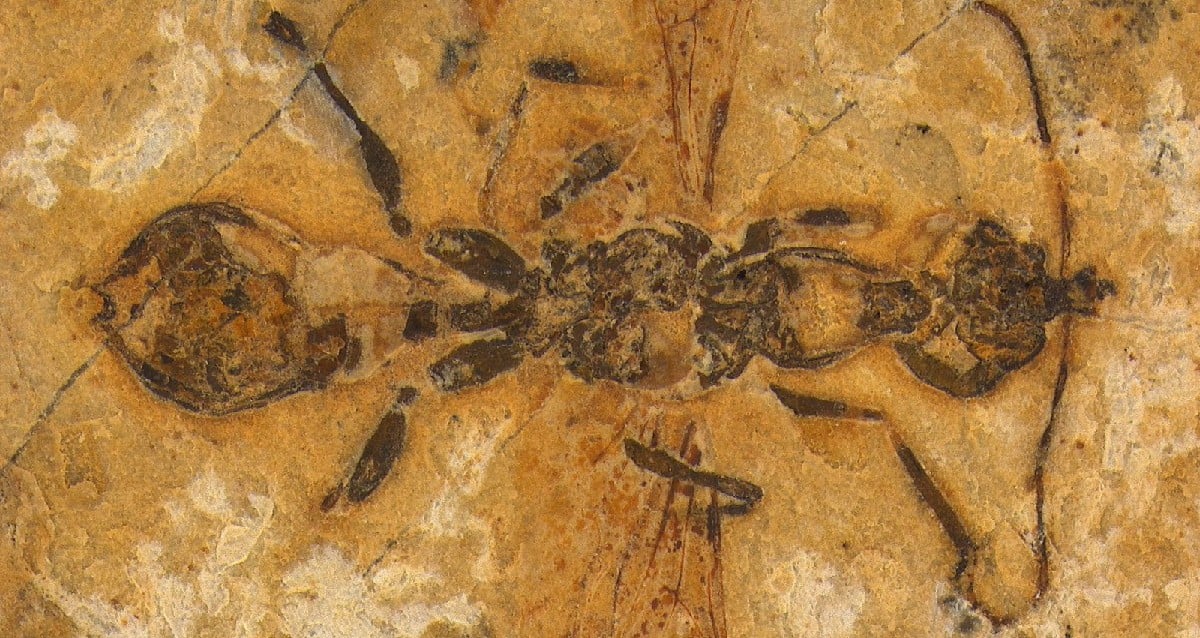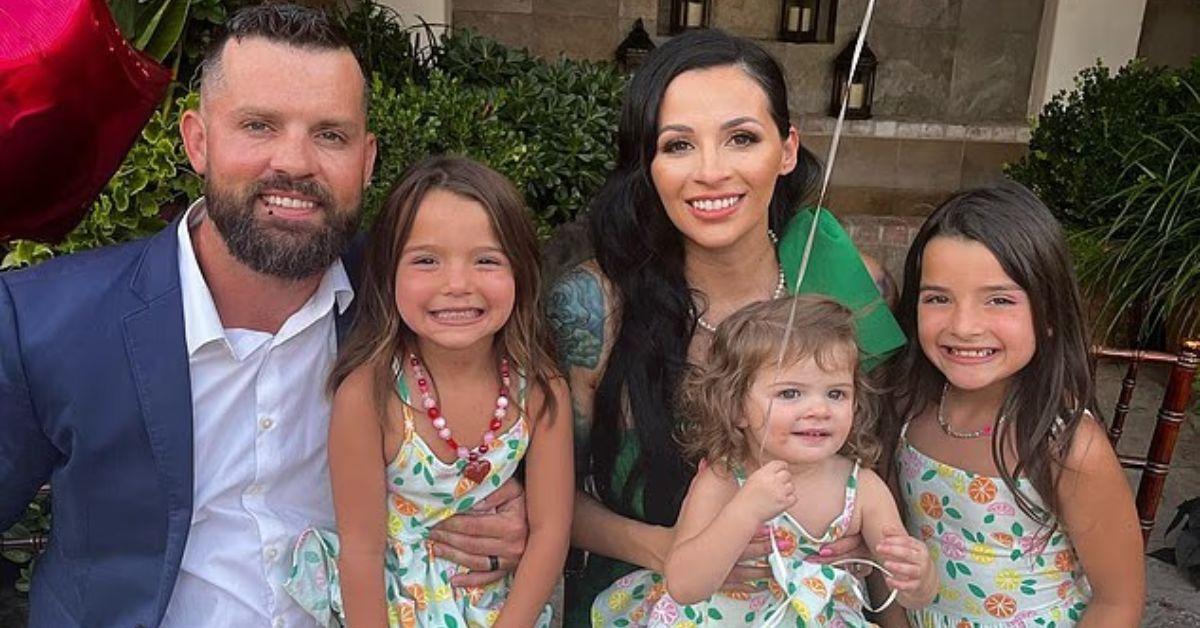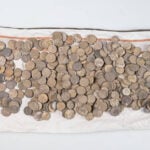Unearthed: The 113-Million-Year-Old ‘Hell Ant’ Fossil That Could Rewrite Ant Evolution Forever
What if I told you that 113 million years ago, there was an ant out there rocking jaws so wild they look like something straight from a sci-fi horror flick? Picture this—upward-facing, scythe-like mandibles that didn’t just snap shut on prey but actually impaled it, then forklifted the poor critter right into its mouth. Yeah, a prehistoric “hell ant” with some seriously bizarre predators instincts. Discovered by sheer luck in Brazil by entomologist Anderson Lepeco, this fossil isn’t just the oldest ant specimen ever found—it’s a jaw-dropping glimpse into evolution throwing us a wild curveball with one heck of a predatory twist. So how did these freakish little creatures make their mark before vanishing into extinction? Buckle up, because this hell ant’s story is as sharp and unexpected as those infamous scythe jaws themselves. LEARN MORE.
The “hell ant” had “bizarre predatory adaptations,” namely upward-facing, scythe-like jaws that would impale its prey before moving it like a forklift into its mouth.

Anderson LepecoThe “hell ant” fossil found in Brazil is 13 million years older than other known specimens.
While checking rock samples at Brazil’s Museu de Zoologia da Universidade de São Paulo, entomologist Anderson Lepeco came across a fossil that caught his eye. It reminded him of prehistoric ant fossils found in Myanmar, some of the oldest ever uncovered.
To his surprise, he soon discovered that his fossil was a close match to those, only it was even more noteworthy. In fact, Lepeco had just stumbled upon a 113-million-year-old “hell ant” fossil, the oldest ant fossil ever documented.
What’s more, this fossil is remarkable for other reasons aside from its age. Its striking preservation is now giving scientists new insights into how these fearsome hell ants evolved and spread across the prehistoric world.
The Chance Discovery Of The Oldest Ant Fossil Ever Found
The oldest known ant fossil ever found was indeed discovered entirely by chance. According to a press release, Anderson Lepeco of Museu de Zoologia da Universidade de São Paulo in Brazil was checking rocks from the Crato Formation for fossils when he came across the familiar shape of an ant.
According to a new study published by Lepeco and his team in the journal Current Biology, Lepeco had not only found an ant, but the oldest known ant specimen ever documented. This fossil was 113 million years old, roughly 13 million years older than the previously-oldest ant fossils, which had been discovered in amber deposits in France and Myanmar.
This discovery is furthermore exciting because Lepeco and his team have found a new species of hell ant, known for its “bizarre predatory adaptations.” Lepeco and his team have dubbed the new ant species Vulcanidris cratensis after the Vulcano family that donated the rock deposits where it was discovered.

Anderson LepecoThe 113-million-year-old hell ant found in Brazil, as seen from several different angles.
Unlike modern ants, which have mandibles that move laterally, this hell ant had a mandible that ran forward alongside its head, so that it could impale its prey and move it into its mouth as if by forklift.
“Finding such an anatomically specialized ant from 113 million years ago challenges our assumptions about how quickly these insects developed complex adaptations,” Lepeco remarked. “The intricate morphology suggests that even these earliest ants had already evolved sophisticated predatory strategies significantly different from their modern counterparts.”
Indeed, this 113-million-year-old hell ant tells a fascinating story about how ants spread quickly across the prehistoric world.
How The Hell Ant Initially Emerged And Eventually Died Out In The Prehistoric World
What’s fascinating about the discovery of the Vulcanidris cratensis species is how similar it is to previously studied ant fossils. Using micro-computed tomography imaging (3D imaging that uses X-rays to see inside an object), Lepeco and his team were able to see that the ant found in Brazil was strikingly similar to prehistoric ant specimens found trapped in amber in Myanmar.
This shows that ants were widespread across the Earth, and that they must have crisscrossed Cretaceous landmasses countless times.

Anderson LepecoResearchers used micro-computed tomography imaging to closely examine the ant fossil and to document similarities between it and other ant fossils found in Myanmar.
According to the Field Museum, ants first emerged some 140 to 168 million years ago, and lived alongside the dinosaurs starting in the Cretaceous Period.
However, hell ants like the one found in Brazil did not survive into our modern era. After a devastating asteroid strike killed the dinosaurs roughly 66 million years ago, hell ants like this one went extinct.
That said, ants on the whole continued to thrive and soon became the most common insect in the fossil record. Today, there are an estimated 20 quadrillion individual ants on Earth, or 2.5 million ants for every one human being.
To Lepeco, the new find is significant in one other way as well: this 113-million-year-old hell ant is an example of what researchers can find hidden in existing collections as well as an indication of the wealth of fossil history in Brazil.



















